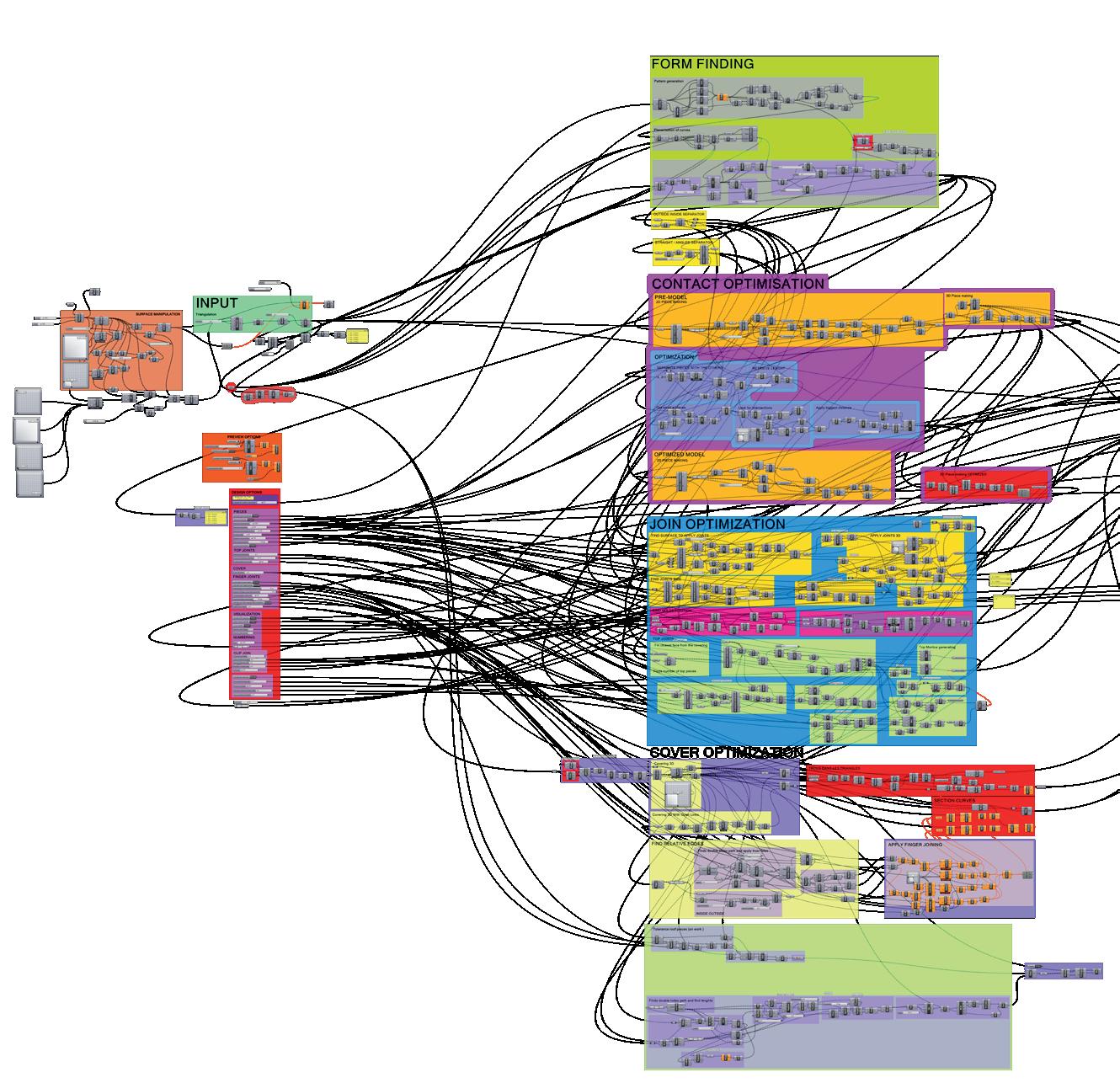
2 minute read
Patrik Schumacher and the Paramétricism
c. Patrik Schumacher and the Paramétricism Patrik Schumacher (1961 -) is an architect and theoretician of German architecture. He represents Zaha Hadid Architects and seeks to delimit the architectural language determined by their architecture. He published an article at the Venice Biennale in 2008 that aims to define a current style characterized by the advent of computational architecture.8 In this writing, he establishes by Parametricism a new style of architecture, at odds with modernism through the continuity of its formal expression, produced by the induction of an information system, contradictory to the arbitrary tracing of a standard architecture.
« There are no platonic, discrete figures with sharp outlines. Biases, drifts, gradients, and perhaps even conspicuous singularities like radiating centres. (…) Imagine there are no more landmarks to hold on, no axis to follow and no more boundaries to cross.» 9
Advertisement
He claims that Parametricism is the great new movement following modernism and that constructivism and post-modernism are only fleeting experiences.10 However, this discourse is not unanimously accepted, it is contradicted in particular on its vocation to be a new genre, because the search for form as a result of the treatment of a series of information does not date from the 21st century, as we have seen via the work of Gaudí and Otto. Even if the two architects are referenced as precursors of the movement, their work proves that Parametricism as a style is much older and that it is not necessarily linked to the use of computers. Mark Foster Gage describes, for example, the Parametricism of « Schumacherian Parametricism » where this innovative genre is more of a technological advance than a new style in itself.11 Parametricism would rather advance a new standard of architecture than an authentic non-standard architecture. Moreover, if Parametricism is the logical evolution of Gaudí and Otto’s work, its aspect controlled by a computational environment differs considerably from the empiricism of the experiments of its protoarchitects. There is therefore a lack of a certain form of experimentation and a focus on architectural expression, even if it is the result of complex and extremely diverse calculations, Parametricism could benefit from a more in-depth experimentation on the material itself, in a more multidisciplinary approach. Mark Burry, who works as an architect on the Sagrada Familia in Barcelona, nevertheless argues that the manifesto is a good engine for architectural questioning or criticism.12
« It is surely essential that architects make good use of the manifesto as a provocation medium »13







